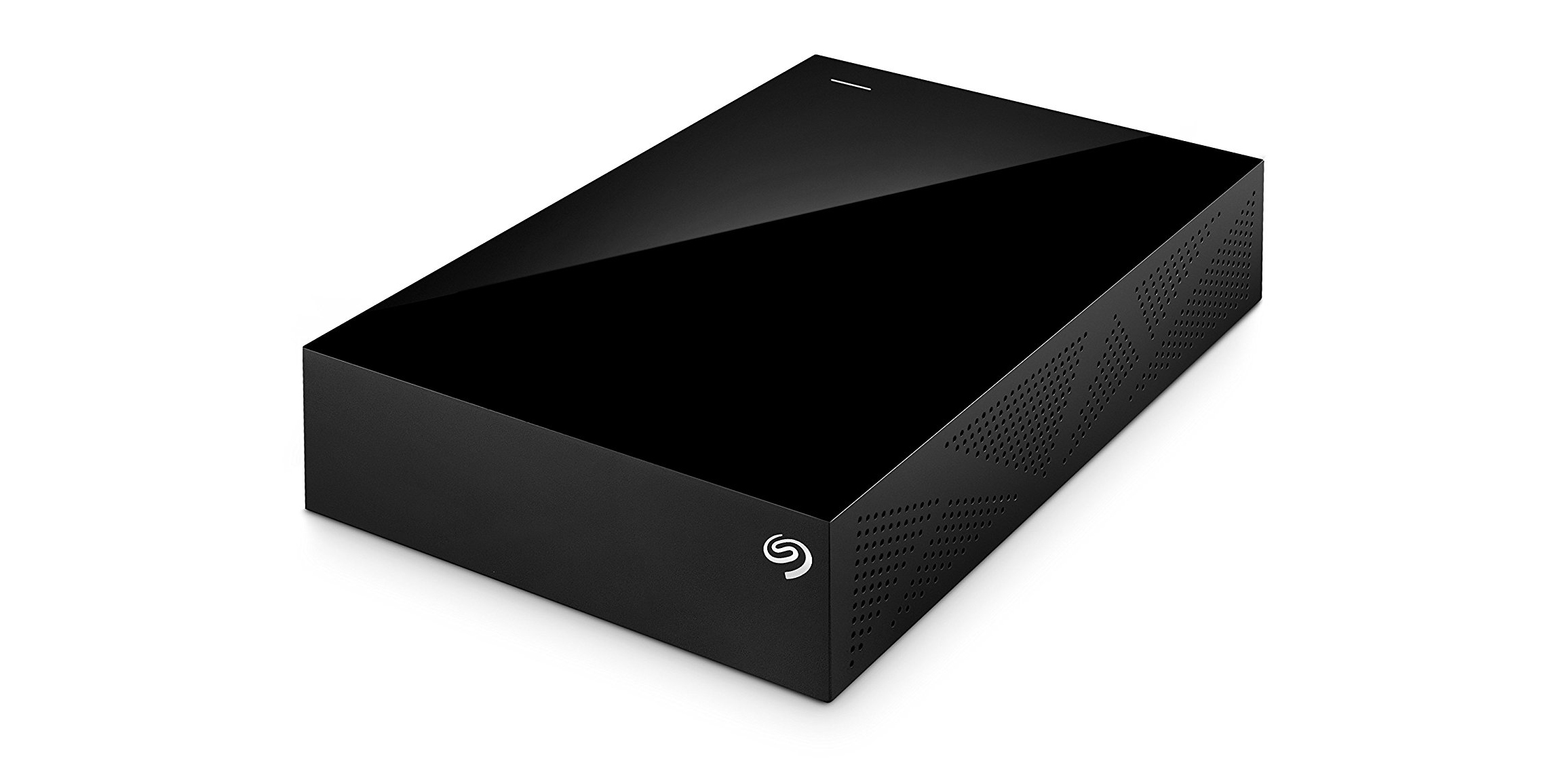

Once permission was granted, it showed up in the Finder and Disk Utility as normal. I then tried the suggestion of restarting the MacBook in Safe Mode, which did mean that a permission dialog appeared asking to enable access to the GoFlex drive. System Information did indeed show the drive under the Hardware > USB section, which was more than Disk Utility and diskutil did. I found a troubleshooting guide ( ) to which I was directed by the LaCie Toolkit software. In follow-up, I think the issue is solved, although I don't understand why. There is probably a way (depending on the answers to the questions above) to make this drive work, but it may have to be reformatted and it is so old that you would be better off with a new modern and faster and more reliable drive that connects directly to the USB-C slots on your newer Mac. If you used any custom Seagate tools to configure the drive, it might work fine on older Intel Mac computers but might not work at all on the latest models or the latest MacOS.Īnother factor that may be relevant - how are you connecting the drive to your Mac? Try using only an Apple adaptor, what is the interface on the drive? Some adaptors don't allow bus powered drives to receive the power they need to operate.

Not knowing how you set yours up, it is hard to guess how you should proceed. In other words, they have stopped doing anything to ensure that they will work with a newer computer (Mac or PC).ĭescribes installation of special Seagate software to enable use on a Mac. Seagate GoFlex drives are listed as "unsupported" and "vintage" by Seagate. Has anyone else encountered a similar issue that they were able to fix? If not and no other options are available, does anyone know how I can at least reformat the drive so I can continue to use it? It looks like I should be able to format the drive using the Dell but that surely can't be the only solution, can it? I'm largely sure this issue is due either to MacOS Ventura, or using Apple Silicon, as the drive was working fine with the old Intel MacBook Pro that was running MacOS Big Sur. I am also able to connect this hard drive to a Dell laptop running Windows 11 and I can see it in the Disk Management app, although it cannot read it since I'm pretty sure it is formatted as APFS. I am able to connect other external hard drives. The drive does not appear in the Terminal diskutil list command.The drive does not appear in Disk Utility.The drive does not appear in the Finder.My problem is that this hard drive is completely inaccessible on the new laptop. While most aspects of the migration has gone well, something that has not gone well is using my Time Machine drive on the new laptop. I recently upgraded my aging Intel MacBook Pro to lovely new M2 MacBook Pro.


 0 kommentar(er)
0 kommentar(er)
